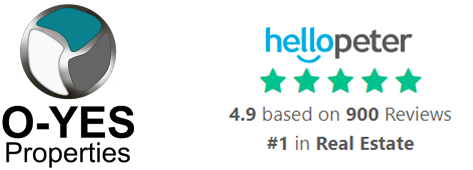| Why use a bond originator for a government subsidy? O-YES Home Loans will apply to several banks on the applicant’s behalf to secure the most favourable interest rate for the home loan. Once the application has been approved in principle by one of the banks, O-YES Home Loans can submit the FLISP application, along with the supporting documentation, directly to the National Housing Finance Corporation on their behalf. When the subsidy is approved, the money is paid directly towards the bond or to cover the deposit. No money is transferred into the applicant’s personal bank account. With the additional funding, it’s possible to qualify for a home valued at more than a FLISP applicant would otherwise have been able to afford. Although, it is still advisable to purchase a property that is still well within their means. What can you buy with FLISP? When using FLISP to buy or build residential property, a client can choose between development housing projects or the open market. This means that they can buy an old or new existing residential property, a piece of vacant land that is linked to a home builder registered with the National Home Builders’ Registration Council (NHBRC) or they can build on a serviced residential stand that they own themselves, and that is linked to a NHBRC home builder. This once-off subsidy will go a long way to ensuring that even more first-home buyers make the most of the current lending environment. Courtesy of Property24 | BetterBond
|
| Need more information? Fill in the form below and we will contact you! |
| |
